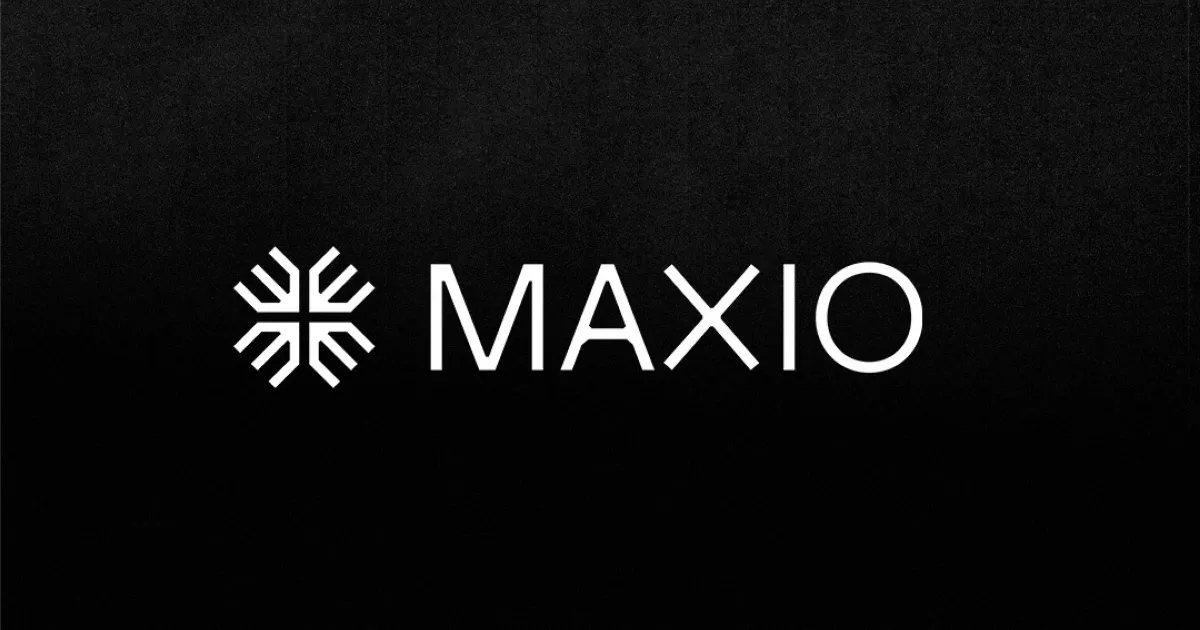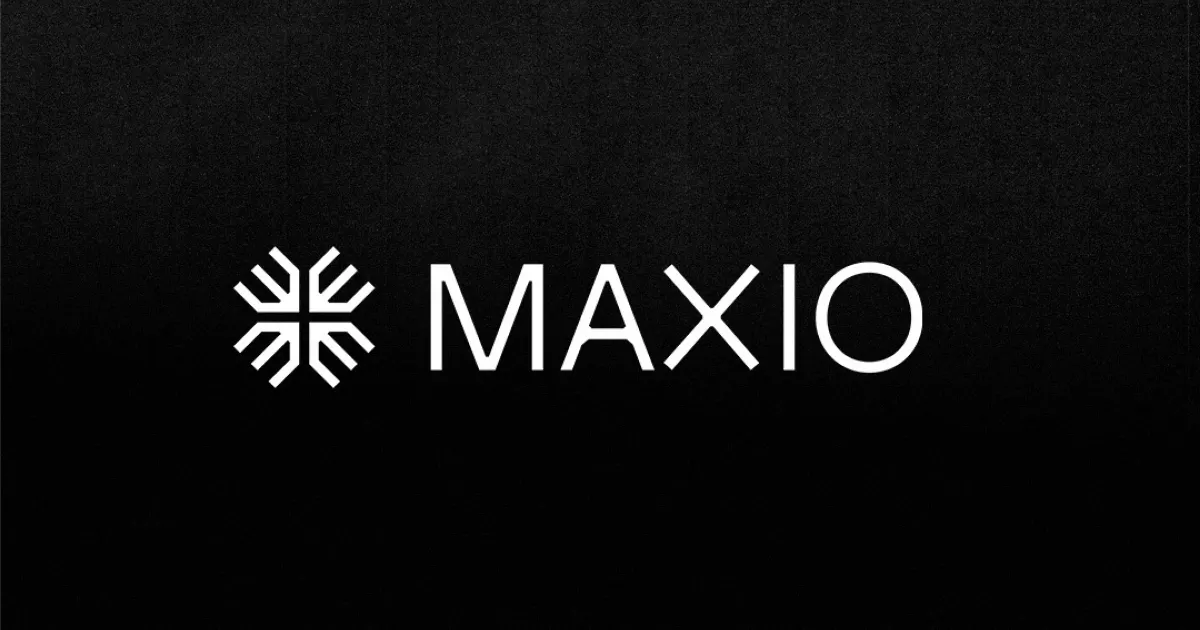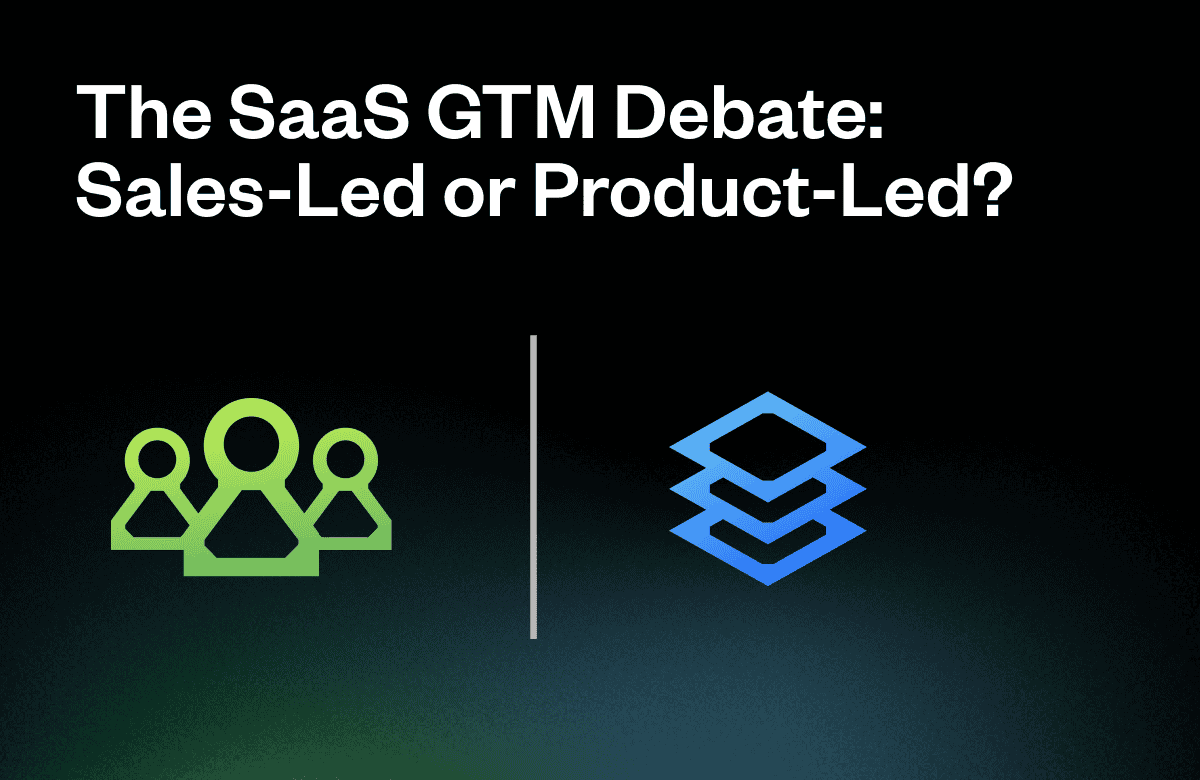This post was originally published on 09/01/2021.
In an ever-changing marketplace, businesses that offer customer-focused services gain a huge advantage over their competition. This is especially true when it comes to the crucially important (and sometimes touchy) elements of pricing and billing. Fortunately, a well-crafted, usage-based pricing strategy puts the customer front and center—resulting in long-term, business-boosting pay offs like driving product adoption and increased customer loyalty.
Usage-based (also called “consumption-based”) pricing enables you to meet current customer demands while appealing to a wider range of customers—regardless of their industry or size. However, implementing a usage-based pricing strategy is not always as simple as multiplying the level of service utilization by a price.
In this article, we’ll explore the four things to consider when switching to a usage model.
How to Maximize a Usage-Based Pricing Strategy
1. Choose the right value metric.
One of the most important ways to make usage-based billing work for your business is by choosing the right value metric.
A value metric is the bedrock of any pricing model. It’s the intersection of price and product. Therefore, choosing the wrong value metric is likely to result in not only poor profits for your company, but unhappy, disloyal customers.
Say you run a data storage SaaS business, charging a flat, monthly fee for access to your system. This is your value metric. It’s simple and easy to understand, but it’s not really customer focused.
Your flat fee overcharges some clients (who only use a gig or two of storage) while undercharging larger ones (who use 3 terabytes while paying the same price as the client using 2 gigs). As a result, profit margins are all over the place, and your customers aren’t particularly loyal. One’s unhappy because you’re too expensive, the other dismisses you because you’re too cheap.
The problem here is that your standard, flat-rate pricing model is charging customers for the wrong value metric (general access to the system). Switching to a usage-based pricing model will enable you to charge based on a metric your customer actually values. Maybe it’s the volume of data stored, the number of people who have access, the amount of downloads per month, or some combination. The point is to align the price a customer pays directly to the value they receive.
This will not only protect your margins, it will reinforce the true value of your product to your customers’ lives or businesses.
To learn more about choosing the right value metric for your business, check out our post How to Find Your SaaS Product’s Best Value Metric.
2. Blend multiple pricing models together for a powerful pricing strategy.
Pricing based on usage doesn’t have to mean selecting only one billing model. That’s the beauty of SaaS—you can price each part of your business independently, mixing and matching pricing models to create the right price for each customer.
For example, you could price some products—the ones customers want on-going access to—in a predictable, recurring manner (flat rate/subscription billing or even quantity-based billing). Then, features which are consumed in units can be priced with a usage model. Depending on its nature, your usage model can be based simply on single or multiple attributes associated with the usage events. Additionally, set up fees can be charged as one-time items, and discounts can be offered on any part of this complex strategy.
Mixing and matching various pricing models like this ultimately helps you shape customer behavior.
For example, you might choose to decrease the per unit-amount charged on all units when customers cross usage thresholds. (When done effectively, this can help drive adoption and use of your system.) Or perhaps you differentiate the price of units that are paid for upfront versus those that are consumed as an overage or variable rate. In SaaS, your pricing options are endless.
This is why we encourage all SaaS business leaders to devote significant attention to their pricing strategy. Adopting a complex pricing strategy is the best way to understand and balance your customers’ needs with your platform’s operating costs.
Fortunately, with the right billing software and strong customer communication, you can get started quickly with out-of-the-box pricing solutions. Then, it’s simple to refine how your products are priced and packaged on an ongoing basis.
3. Report on customer usage in real time.
Customer usage data is a powerful tool for SaaS business growth. Tracking and analyzing this data on a regular basis helps you monitor operating costs and potential billing opportunities, learn more about your best-fit customer segments, and even facilitate proactive communication with customers.
To do this, your billing system needs to be integrated with your other enterprise systems which report usage throughout the billing period. Whether through native APIs, scheduled batch data calls, data streaming, or other means, your business and your customers need to understand their usage data in as-near-to-real-time as possible.
Real-time usage data provides your business with advantages, like the ability to:
- Notify customers via a dashboard or other means of communication if usage reaches or drops to certain levels or if data limits are being met.
- Alert Account Executives of power users, so they can proactively upsell.
- Facilitate conversations with new customers about which pricing model is right for them.
When implementing your usage-based pricing strategy, choose a billing partner who supports advanced usage reporting in house rather than relying on third-party vendors. (Having a single source of truth is the best way to gather custom, real-time insights for your entire business.)
4. Make everything clear and easy for your customer.
Usage-based pricing naturally introduces a level of uncertainty for your customers. That means, the more fluctuation a customer can experience in a billing period, the better their entire billing experience needs to be. You don’t want to risk losing their trust.
This starts with transparent, easy-to-understand presentations of usage charges. Clearly display the key components of how their total bill was calculated for that billing period. At the very least, don’t neglect:
- How much was used
- The per-unit rate
- And the overall charge
If you have more information to add, add it. This detail gives customers the ability to directly link the value of what they are paying for with the service your company provides, which can also be used to support ongoing customer engagement and product alignment conversations—including internal discussions on how the current product offerings and pricing models affect your customers.
Ready to implement your own usage-based pricing strategy?
Usage-based billing is an attractive pricing model for customers and businesses alike. But, as you’ve learned, refining its implementation can be tricky. Fortunately, by constantly evaluating your value metric and overall pricing strategy, analyzing your data for custom insights, and proactively communicating with your customers, you can put your business on the right trajectory.
If you’re ready to refine your own usage-based pricing strategy, look no further than the experts at Maxio. Maxio is the leading billing solution for B2B SaaS. We offer everything you need, from complex pricing models to detailed, real-time reporting, all ready to implement right out-of-the-box. And of course, our A customer support team is available to guide you through the whole process.



